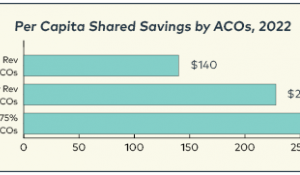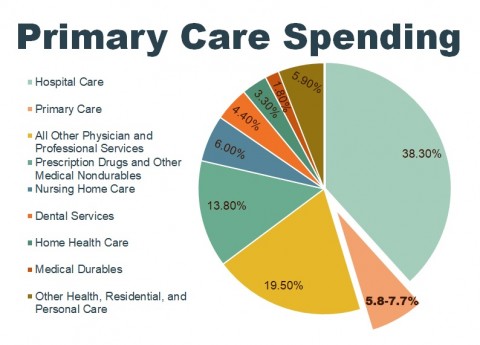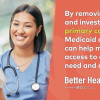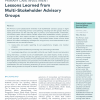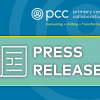Primary Care Investment
Greater investment in primary care is associated with lower costs, higher patient satisfaction, fewer hospitalizations and emergency department visits, and lower mortality. Despite current high levels of healthcare spending in the United States, the proportion spent on primary care is insufficient. A shift in resources to support greater access to comprehensive, coordinated primary care is imperative to achieving a stronger, higher-performing healthcare system.
Underinvestment in primary care gives rise to patient access and workforce issues. A significant financial incentive for physicians and other clinicians to choose other areas of specialty undermines primary care.

Resources
PCPCC | October 2021
- 1 of 6
- next ›
Related Content
| Title | Date | Source | |
|---|---|---|---|
 |
Better Health NOW Campaign’s Medicaid Policy Priorities | January 2024 | |
 |
Access & Equity in Medicaid:Robust Primary Care is a Must | August 2023 | |
 |
Access & Equity in Medicaid:Robust Primary Care is a Must | August 2023 | |
| Primary Care Messaging Matters:A Briefing from the California Health Care Foundation | December 2022 | ||
| Primary Care and COVID-19: It’s Complicated—Leveraging Primary Care, Public Health, and Social Assets :PCC's Annual Evidence-Based Report | October 2021 | PCPCC | |
| Utah Primary Care Spending Report (2021) | April 2021 | ||
 |
Primary Care Investment: Lessons Learned from Multi-Stakeholder Advisory Groups | December 2020 | |
 |
Spending for Primary Care Fact Sheet | March 2020 | PCC |
 |
Behavioral Health Workgroup Consensus Recommendations | November 2019 | |
|
|
Primary Care Spending Results Deserve a Closer Look and Employers Are Making a Difference | September 2019 | Primary Care Spending Results Deserve a Closer Look and Employers Are Making a Difference |
Pages
Pages
Secondary menu
Copyright © 2024 Primary Care Collaborative

